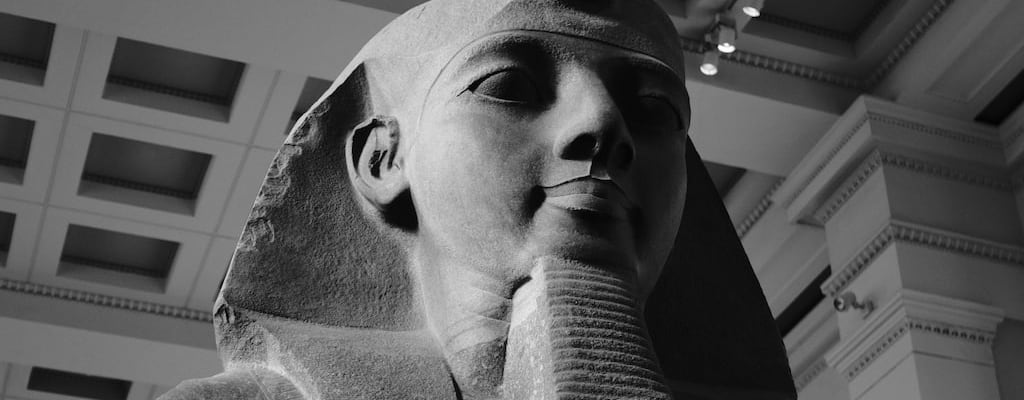put someone in a box: Idiom Meaning and Origin
What does ‘put someone in a box’ mean?
The idiom "put someone in a box" means to restrict or limit someone's options or abilities, making them feel trapped or confined.

Idiom Explorer
The idiom "tie someone's hands" means to restrict or limit someone's ability to take action or make decisions, usually by imposing rules or regulations that inhibit their freedom to act.
The idiom "run someone off their feet" means to keep someone extremely busy or overwhelmed with work or tasks.
The idiom "rule in" means to include or consider something as being possible or valid. It is often used when discussing options or factors and deciding whether they should be taken into account.
The idiom "reduce someone to tears" means to make someone cry or become extremely upset.
The idiom "reduce someone to tears" is a well-known expression in the English language. It is often used to describe a situation where a person becomes extremely emotional and starts crying. The phrase suggests that something has had such a profound impact on someone that their emotions have overwhelmed them to the point of tears.
The idiom "put the brakes on" means to slow down or stop a process or action. It is often used to describe taking measures to control or limit something that is happening too quickly or becoming out of control.
The idiom "put the boot in" means to physically or metaphorically attack or criticize someone, especially when they are already down or vulnerable. It implies delivering additional blows or insults to worsen their situation.
The idiom "put store in" means to have confidence or belief in something or someone, and to place importance or value on that person or thing.
The idiom "put something into perspective" means to consider a situation or issue in relation to its true importance or significance, in order to gain a better understanding or judgment of it.
The idiom "put someone under" means to administer anesthesia or to make someone unconscious for a medical procedure or surgery.
Curious Confinement Explored
A widespread idiom in English, "put someone in a box" is often used metaphorically to describe the act of placing someone into a specific category or confining them to a predetermined role or position. The idiom implies a reductionist approach to understanding a person, limiting their individuality and complexity to a narrow set of traits or characteristics.
One possible origin of this idiom can be traced back to the practice of boxing, where athletes compete in enclosed spaces known as boxing rings. In this context, boxing represents a controlled environment where opponents are confined within the boundaries of the ring, restricted in their movements and actions. This confinement can be seen as parallel to the figurative "boxing in" of individuals, restricting their abilities and potential by placing them within prescribed limits.
The concept of categorizing or compartmentalizing people can also be linked to the act of labeling or classifying objects into distinct boxes or containers. By assigning individuals to preconceived categories, society seeks to simplify complex human identities and attributes, often neglecting the nuances and intricacies that define each person. This reductionist tendency can be seen as an attempt to impose order and structure on a multifaceted world, disregarding the depth and richness of individual experiences and perspectives.
Frequently, the idiom "put someone in a box" is used in conjunction with the phrase "in a box," which further underscores the idea of confinement or limitation. When someone is "in a box," they are figuratively trapped or restricted within a narrow set of circumstances or options. This can refer to both external constraints imposed by others and self-imposed limitations resulting from fear or complacency.
There is a related idiom, "to box oneself into a corner," which conveys a sense of being trapped or cornered by one's own actions or decisions. When someone "boxes themselves into a corner," they limit their options and find themselves in a difficult or unfavorable position. This idiom highlights the consequences of rigid thinking and the importance of considering multiple perspectives and possibilities.
Another related idiom, "inside the box," is often used in contrast to "thinking outside the box," which encourages creativity and innovation. When someone is "inside the box," they conform to established norms and conventions, potentially sacrificing originality and fresh ideas. Thinking "inside the box" can lead to a lack of imagination and a reluctance to explore new approaches or solutions.
Furthermore, the idiom "fence in" can be understood as a metaphorical extension of the concept of putting someone in a box. When someone is "fenced in," they are enclosed or confined within certain boundaries or limitations, similar to being put in a box. This idiom emphasizes the restricting nature of confining someone's freedom or options, limiting their potential for growth or change.
Lastly, the idiom "put someone in their place" can be related to the act of putting someone in a box. When we put someone in their place, we assert dominance or control over them, often in response to a perceived threat or challenge to our authority. This idiom reflects the power dynamics and social hierarchies that can underlie the act of categorizing or confining individuals within predetermined roles or positions.
However, it is essential to recognize the limitations and potential harm of such reductionist thinking. By pigeonholing individuals based on superficial characteristics or preset notions, we risk overlooking their true essence, uniqueness, and potential contributions. The idioms "put someone in a box," "in a box," "box oneself into a corner," "inside the box," "fence in," and "put someone in their place" serve as reminders of the dangers of oversimplification and the importance of embracing the complexities and diversity of human nature.
The idiom "put someone in a box" metaphorically represents the act of categorizing or confining individuals within predetermined boundaries or roles. It highlights society's tendency to simplify and reduce complex human identities, potentially stifling individuality, creativity, and growth. These related idioms—"in a box," "box oneself into a corner," "inside the box," "fence in," and "put someone in their place"—further illuminate the various ways in which people can be confined, limited, or restricted. They serve as cautionary reminders to resist the urge to oversimplify and label others, encouraging a more inclusive and nuanced understanding of human nature.
Example usage
Examples of how the idiom *put someone in a box* can be used in a sentence:
1. The manager wanted to put her in a box and limit her creativity, but she proved him wrong by coming up with innovative ideas.
2. The strict rules of the school put the students in a box, leaving little room for individuality or self-expression.
3. He felt like his parents were trying to put him in a box by pressuring him to choose a career that he had no interest in.
More "Categorization" idioms

